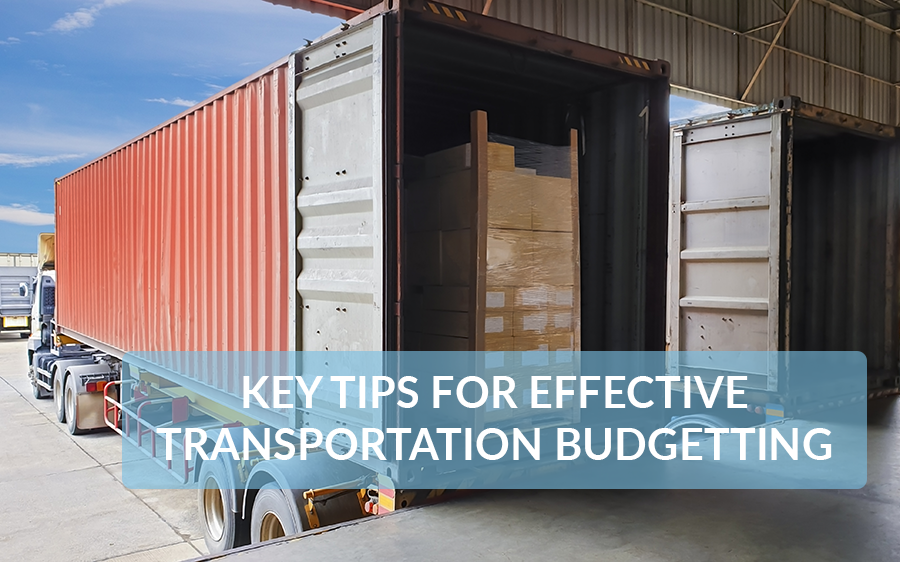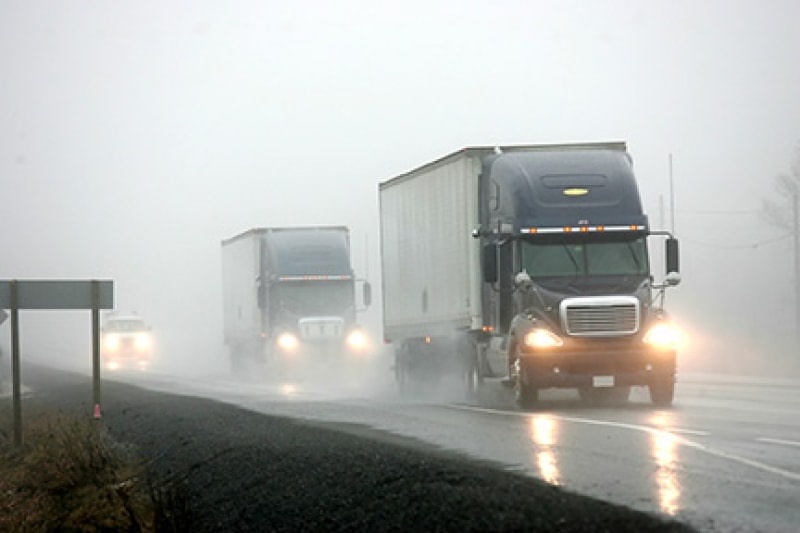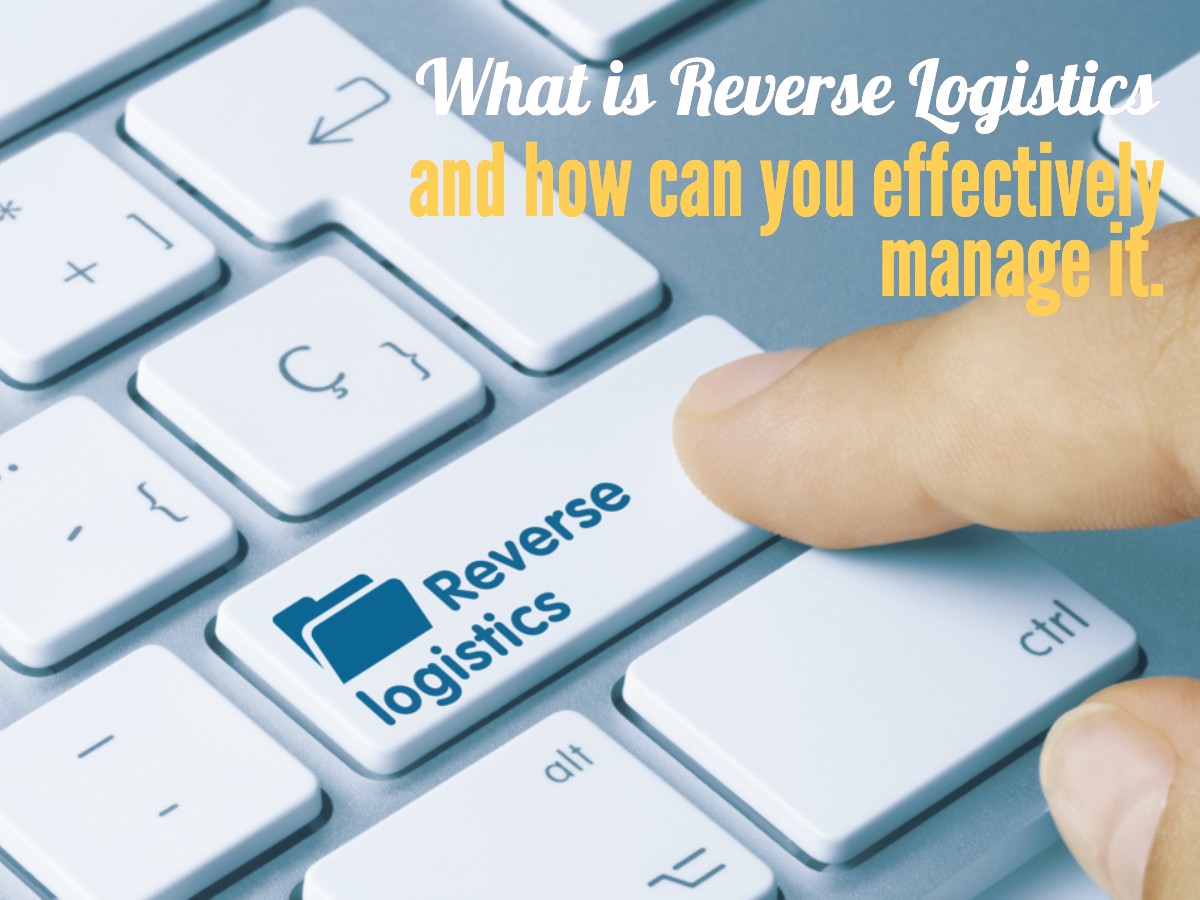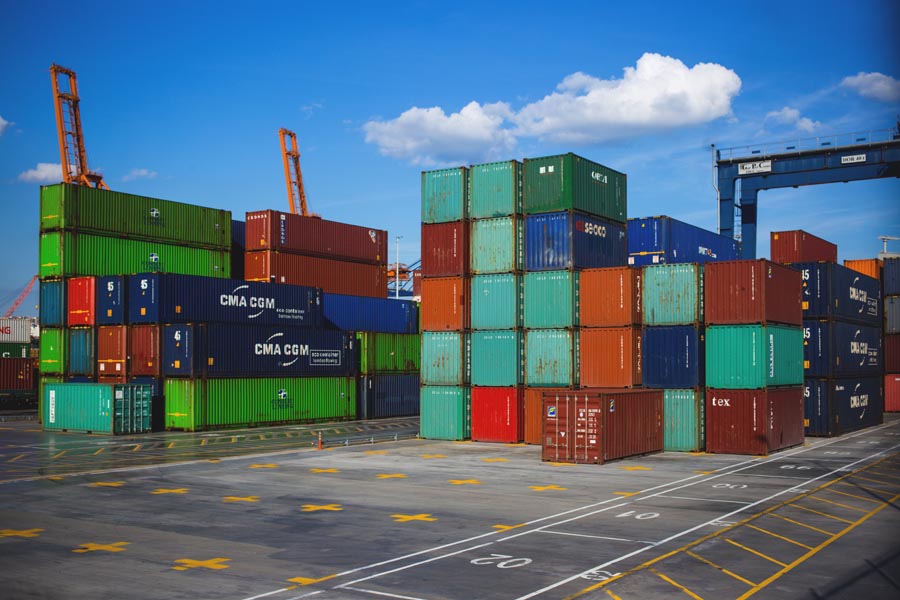
Key tips for effective transportation budgetting
This year has taught the world that we cannot prepare ourselves for everything, let it be life, or in business. The Corona epidemic has affected every sector of world trade and major global strategies. Though it holds that such events are beyond our control, there are still certain very integral areas in transportation budgeting that shipping companies can control. In such times of extreme uncertainties, we still have to evaluate and find out ways that will conserve money. After all, a stitch in time saves nine, and when more you require than times as such.
In this article, we would like to evaluate some of the advantageous methods by way of which businesses can create a much more robust and efficient transportation budget that will help to stay afloat.
Timely Scheduling: Plan your budget schedules depending on different unexpected factors such as fluctuating global economic prices. Hence evaluate the possible scenarios of unexpected costs earlier in the year and make apt budgets accordingly.
Make volume predictions :
Precise freight volume forecasting and accurate lane planning will give you a rough estimate of the transportation budgets. Also, a predictive analysis tool can generate data required to plan the freight volumes based on historical order data. That will contribute to the accurate forecasting of your transportation costs.
Avoid lean inventory practices :
It is not advisable to apply lean inventory in every single situation though it seems to be ideal. The challenge is always there as small and frequent shipments create various other challenges due to the rising costs of transportation. Rather than adopting lean inventory, it is best to go in for consolidating shipments and sharing routes that will help in better scaling up financial benefits.
Keep a tab on the increase in fuel prices :
It is a better idea to engage with 3PL services as no matter how the market, it will help you in maintaining a competitive rate. Fuel prices are always fluctuating, and so are the freight rates. Hence one needs to keep a tab of both these elements that will help in smarter budget allocation.
Plenty of options for a supply chain company :
Logistics is a vast industry and filled with n number of supply chain management companies. At times of looking out for economically viable transportation solutions, it is good to look out for less expensive and competitive companies. While evaluating the companies avoid those who have hidden fees and additional extra charges as this will be an end game that will ruin your budgets.
Final thoughts :
Having a proper transportation budget is always the key to successful logistics management because costs will always keep fluctuating. The key lies in how well one can plan and create a viable budget and a committed team to work towards achieving the goals of your business.





